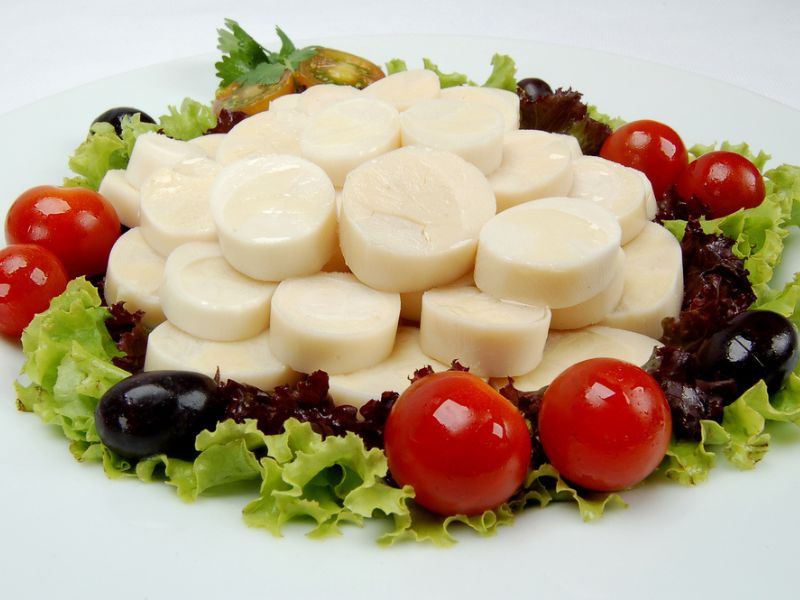There is a health and wellness trend these days for hearts of palm and hearts of palm noodles. Their popularity is also spreading to TikTok and beyond. In addition to being healthy and nutritious, they are delicious and versatile. This article explains what the hearts of palms are and what they are made of.

Image Credit: Shutterstock/Marcos Leandro
Hearts of Palm: What Are They?
The heart of a palm plant is its core or heart. They are also known as palm cabbage, palmitom, or chonta. Palm’s hearts grow in warmer regions such as Florida and Central and South America. A palm stem contains the heart of the palm, and one stem is harvested from each palm plant every 6-9 months.
How Do Hearts Of Palm Taste?
In addition to hearts of palm, jicama is also similar in taste. Some compare a mild, nutty flavor to asparagus or artichoke hearts in hearts of palms. The texture is solid, crunchy, and easy to bite. In most cases, they are exported in cans or jars with brine.
Hearts Of Palm: How To Cook Them
Originally grown in Africa, the hearts of palm grow in many different climates worldwide. There are many ways to cook hearts of palm. They make excellent snacks or can be used as part of many different recipes, including dips, soups, salads, and stews. They also make sumptuous vegetarian taco fillings or veggie patties. Noodles are another popular way to enjoy the hearts of palm. It’s an excellent low-carb option made from hearts of palm. Trader Joe’s grocery chain reports that palm noodles are their best-selling pasta alternative.

Image Credit: Shutterstock/Mariya Siyanko
Hearts Of Palm: How To Store Them
All year long, grocery stores and online retailers sell canned or jarred hearts of palm. In addition to whole rings, you can also find them pre-cut into rings. Hearts of palm should be refrigerated once opened and consumed within a week of opening. The directions on the package should be followed when storing hearts of palm that have not been opened.